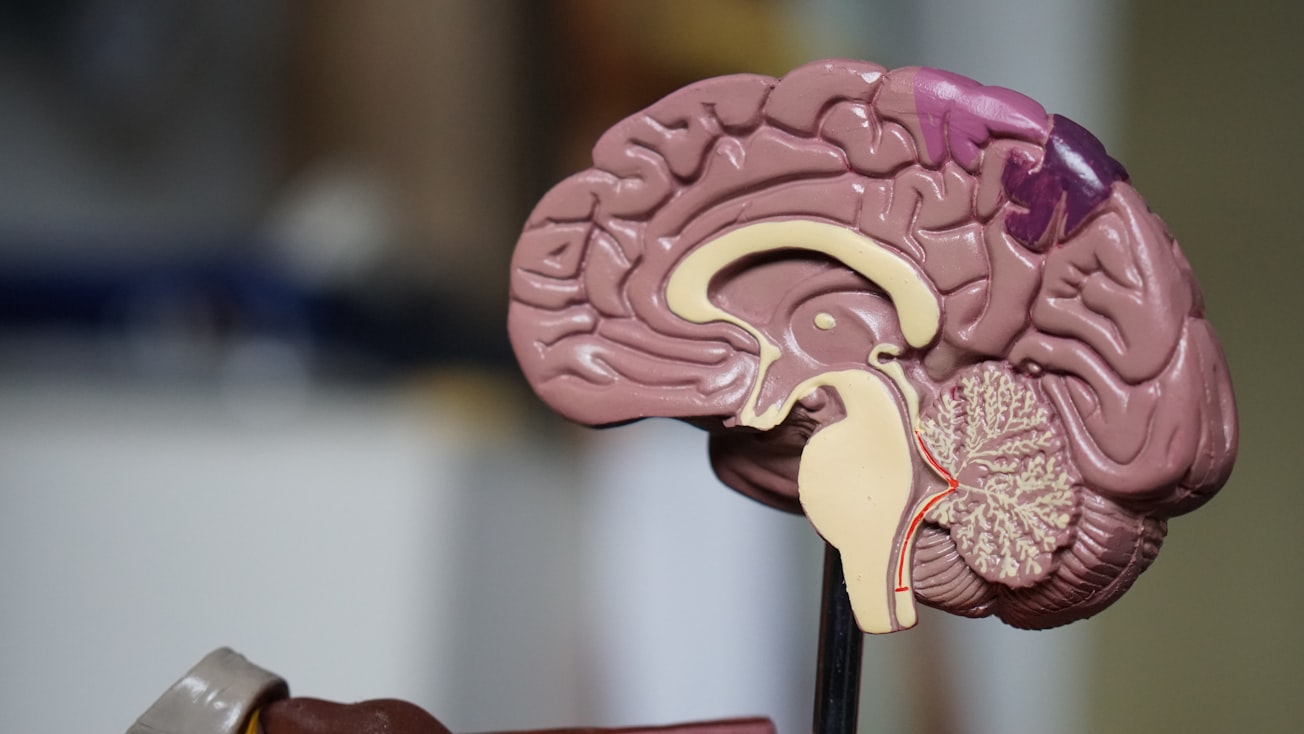What is it about?
Exposure to chronic hypoxia increased ventilation during normoxic and low oxygen conditions. However, the deletion of the transcription factor HIF -1α in glutamatergic neurons of a specific area of the brainstem (nucleus tractus solitarius or NTS) produced a blunted ventilatory response to hypoxia.
Featured Image

Photo by Robina Weermeijer on Unsplash
Why is it important?
This work demonstrate for the first time that the potentiated hypoxic ventilatory response in acclimatized mice (a key feature of ventilatory acclimatization to hypoxia) is dependent of HIF-1α expression in the NTS. Also, these differences in ventilation cannot be explained by differences in metabolism and carbon dioxide on ventilatory drive.
Perspectives
Our findings are intriguing in the context of the discussion of the contribution of the central nervous system on the oxygen sensing, and its relevance to the hypoxic ventilatory response. Since carotid body activity is potentiated in hypoxia in acclimatized mice, the relative blunting of the hypoxic ventilatory response in NTS-HIF-1α null mice highlights a ‘gain function’ in NTS neurons during sustained hypoxia under transcriptional regulation by HIF-1α critically required for the subsequent expression of enhanced respiratory motor behaviour in VAH.
Esteban Moya
University of California San Diego
Read the Original
This page is a summary of: Neuronal HIF‐1α in the nucleus tractus solitarius contributes to ventilatory acclimatization to hypoxia, The Journal of Physiology, February 2020, Wiley,
DOI: 10.1113/jp279331.
You can read the full text:
Contributors
The following have contributed to this page







